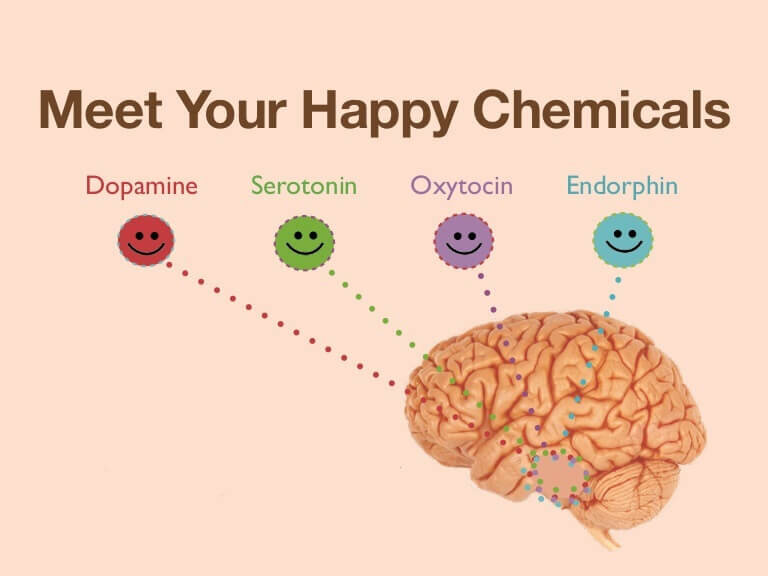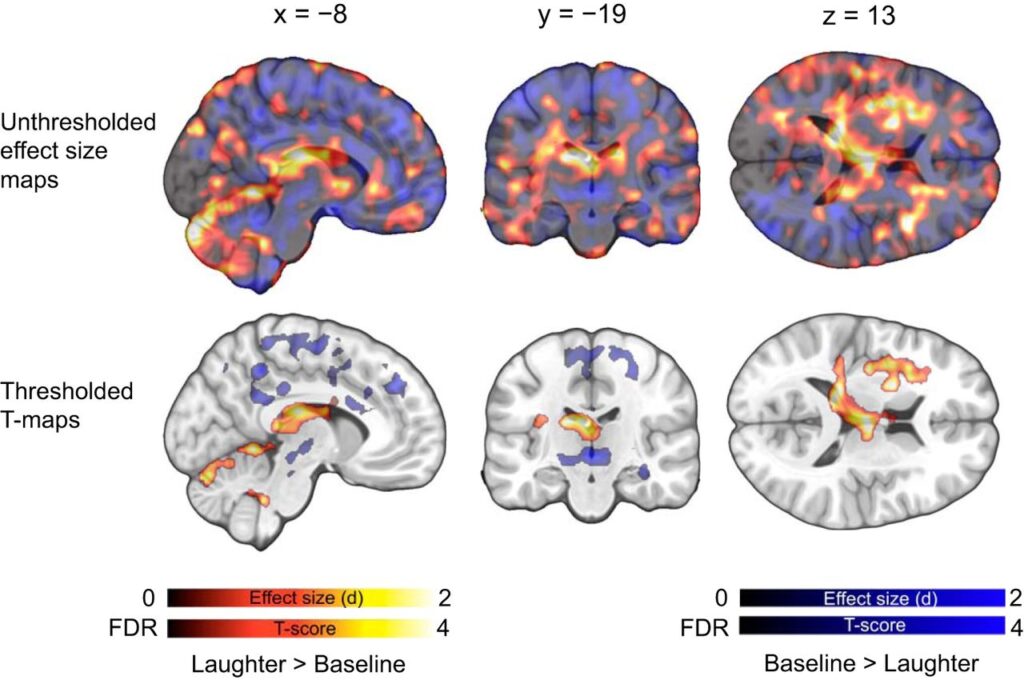

Abstract: Laughter is a universal language that transcends cultural and linguistic boundaries. Starting as early as four months of age, humans engage in laughter as a form of communication and expression. The chemistry of laughter involves the release of endorphins and dopamine, both of which contribute to feelings of happiness, pain tolerance, and emotional regulation. In this paper, we will discuss the composition of endorphins and dopamine, the role of chemistry in laughter, and background research on the theories behind laughter as a human behavior.
Laughter is an essential part of human life, bringing joy and happiness to people across the world. Regardless of an individual’s disposition, laughter has likely been experienced at least once. Laughter is a universal language that starts as early as four months of age and continues throughout our lives. The chemistry of laughter plays a vital role in our emotional well-being and social interactions, with endorphins and dopamine being the primary chemical compounds involved in this process.
Composition of Endorphins and Dopamine: Endorphins (C158H251N39O46S) are a group of peptide hormones that act as natural painkillers and mood elevators. They are released by the pituitary gland and affect our emotions and pain tolerance.
Dopamine (C8H11NO2) is a neurotransmitter produced in the brain that plays a crucial role in the central nervous system. It is released when we laugh, contributing to the positive feelings associated with laughter.
Chemistry’s Role in Laughter: Chemistry plays a significant role in laughter, as the release of endorphins and dopamine is triggered by this behavior. When we laugh, endorphins are secreted from the pituitary gland into the bloodstream, where they travel to the brain and spinal cord. Simultaneously, dopamine is released in the brain, sending signals to other nerve cells throughout the body. These chemical processes contribute to the pleasurable sensations and emotional benefits associated with laughter.
Background Research on Laughter: Laughter has been a part of human behavior since the earliest days of our species and is highly contagious. Various theories have been proposed to explain the purpose and function of laughter. Sigmund Freud developed the Relief Theory, suggesting that laughter acts as a tension releaser. Meanwhile, philosopher John Morreall proposed that laughter serves as a shared expression to relieve the passing sensation of danger. Regardless of the exact reasoning behind laughter, it is widely regarded as the best medicine, providing numerous physical and emotional benefits for individuals and communities alike.
Conclusion: Laughter is a universal language that brings joy and happiness to people worldwide. The chemistry of laughter, involving the release of endorphins and dopamine, is crucial to understanding the emotional and physiological benefits of this natural behavior. By exploring the composition of these chemical compounds and their role in laughter, we can better appreciate the importance of laughter in our lives and its impact on our overall well-being.





